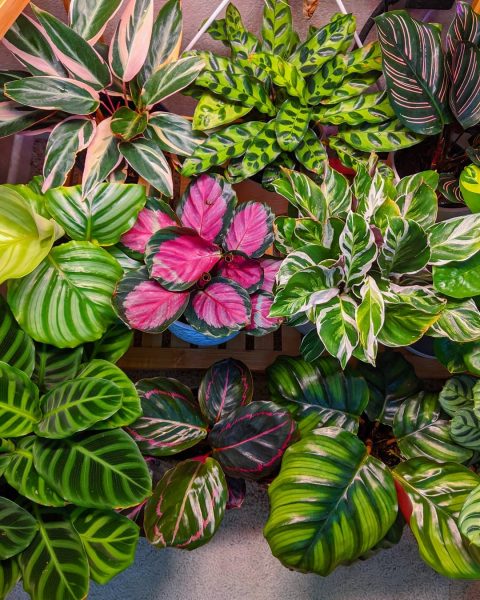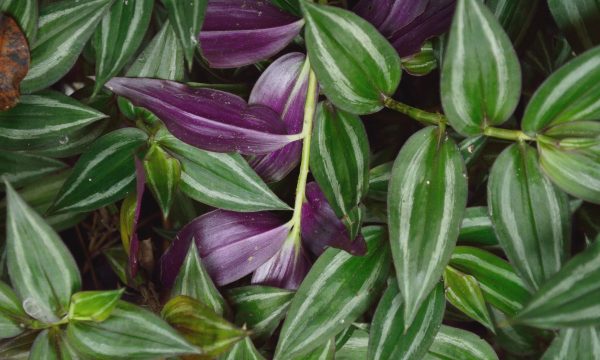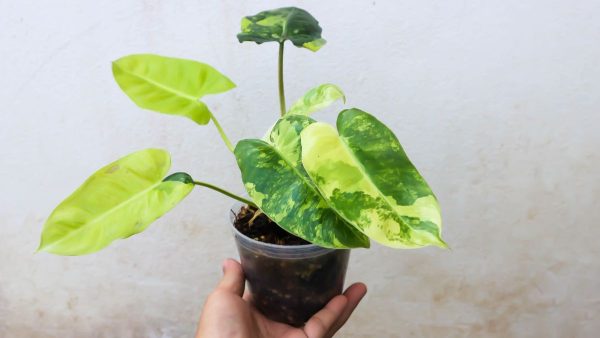Plant propagation can be rewarding but challenging too.
But, if you learn the right way and methods of doing it will help you and gardeners increase their success rates.
For that reason, this article covers 7 hacks and factors for improving plant propagation.
These tips and factors may range from timing to water propagation tricks and soil enhancements so they can give your new plants the best possible and fresh start.
Since propagation is a fun and easy way for plants to grow, you can multiply the favorite plants in your garden with our tips.
So, let’s begin this plant propagation guide.
Tips to Grow Houseplants Successfully


1. Season
Timing is crucial when it comes to plant propagation. And, if you think, there’s not much effect or impact of timing in propagation success, you are surely wrong.
By timing, we mean season and not the particular hours of the day.
From the seasons, Winter is often the best season to propagate woody trees, shrubs, and canes.
You should be taking cuttings in the late fall, to give your plants a head start and to allow them to establish roots for a flourish come spring.
- The dormant season minimizes stress on the parent plant when taking cuttings.
- Early spring is ideal for softwood cuttings of many herbaceous plants.
- Summer may be suitable for semi-hardwood cuttings of evergreen species.
The right time depends on plant species and the local climate where you are propagating them.
You should be taking your cuttings typically in late winter or early spring for trees in fall.
But, you can’t do it for evergreen trees or plants.
For evergreen plants and trees, you should be looking at doing it in summer or late spring.
Moisture, variation of sunshine, and atmosphere are usually different throughout the year and its seasons.
Species that grow well in more moisture are not going to do well in excessive sun.
2. Plant Health
Ensuring your plants are healthy before propagation is crucial.
And, if you don’t make sure, you are already lowering the chances of plant propagation success.
Healthy parent plants are more likely to produce successful cuttings or offshoots.
Before you begin the propagation process, you need to inspect your plants for stress or disease.
And, doing so is pretty much simple even if you are new or not good at it.
- Just look for vibrant, green foliage free from discoloration or wilting.
- Check for pests such as aphids and mealybugs, which can hinder growth.
- Examine the roots for infections or rot as these things can harm its fresh growth.
Addressing these issues before propagation not only increases the chances of success but also prevents the spread of problems to new plants by creating a strong and new foundation.
The health of the parent plant sets the stage for the vitality of its progeny.
If you choose not to do it, or go with the weak or diseased plants, you will produce unhealthy cuttings.
3. Use a Clear Container
Choosing a clear container for water propagation is a practical decision to enhance its success rate.
Most people skip this thing because they think what impact will it create?
Or simply, they don’t want to use a container that is going to equip dust and soil in any way. So, why dot all the “i”?
But believe me, even this little thing can create a massive impact on success.
By using a clear glass or plastic vessel, you can easily monitor root development and spot any potential issues early on, such as rot or algae growth.
- Ensure the container is clean to prevent contamination, preferably a transparent one.
- Fill with tepid, filtered water to mimic a gentle growing environment.
- Regularly change the water at least once a week to maintain optimal conditions.
If you are observing the roots while they grow, you allow these plants to be great.
Clear containers are a cheap and invaluable tool in your prop toolkit, and also a simple hack.
Plastic trays or clay pots can also work well in place of a container.
But yes, clay pots are not transparent and you won’t be able to spot differences, growth, or threats to the roots.
4. Add a Pinch of Cinnamon
Adding a pinch of cinnamon to your water propagation setup can be a new thing but surely will help in massive growth success. But, why Cinnamon specifically?
Cinnamon has antifungal properties to help prevent disease while your cuttings develop roots.
It will stimulate root growth, act as a rooting agent, and protect cuttings too.
Also, it will help your plant’s roots to grow faster than before.
This simple yet effective hack can make a significant difference in the success rate of your plant propagation efforts.
Putting a pinch of cinnamon is not difficult but you should do it correctly.
- Fill your clear container with water as usual and the water should be clean.
- Add a small pinch of cinnamon to the water before placing your cuttings.
- Stir the water gently to distribute the cinnamon and now place the cuttings.
Just a little pinch is more than enough, and please don’t overdo or add more than a pinch in it for a multiple compounding effect.
Plants do not grow this way but they may get affected. Since it is a natural ingredient, you don’t need to use chemicals for your plants to grow.
5. Pre-moisten the Soil
Before you insert your cuttings or seeds into the soil, ensure that you have prepared the soil properly, effectively, and organically if possible.
Consider trying pre-moisturizing it.
Pre-moistening the soil is a simple yet effective step to increase your plant’s propagation success and create a prosperous environment for new roots to form and grow.
Also, pre-moistening the soil is not as difficult as it may sound. It’s fun to do so, to be honest.
You need to start by evenly watering the soil until it is damp, not saturated.
Just don’t pour a lot of water in and create mud. Just wetting the soil so it can absorb is enough without risking a rot.
Allow the soil to settle after moistening because it is essential for maintaining the right soil structure and air pockets in it for effective root development in the long term.
Remember, the goal is to mimic the natural conditions where plants thrive.
You can also add growing hormones or agents to boost it a bit.
Again, follow the instructions written on them for proper usage, and don’t overdo it at all.
6. Hormone Rooting Powder
Yes, you can use hormone boosters in your plants. Because these hormone-rooting powders can be a quick and effective win for better soil propagation.
These rooting agents are available in powder, liquid, and gel kind of formations, but the powdered form is better and more effective.
It may sound inorganic or illegal, but it’s not.
This powder acts as a catalyst for root growth ensuring that you get strong roots quickly.
Using them can be a little different but here’s how to use them effectively:
- Dip the base of your cutting into the powder to the area where roots will form.
- Tap off any excess powder to avoid concentration, which can be detrimental.
- Plant the cutting into the pre-moistened soil as you normally would.
The strength of the rooting hormone should be appropriate for the plant species you are propagating.
And, each species will have a different requirement for this powder, because it is not a “one-size-fits-all” rule.
Overusing them can harm the cutting, so follow the instructions on the product label.
Hormone-rooting powders not only increase the success rate of plant cuttings but also reduce the time it takes for a cutting to become a mature plant saving your time and energy.
7. Eggshells or Citrus Peels
Using eggshells or citrus peels as containers can provide a nutrient-rich environment for young plants. These natural ‘pots’ offer several benefits.
Eggshells first, are rich in calcium.
This richness in calcium is particularly essential for plant growth.
As the eggshell slowly decomposes, it provides a steady supply of nutrients to the developing roots.
And, citrus peels such as lemon and oranges have a high acidity level, which can help to ward off certain plant diseases and pests.
Fill the empty eggshells or citrus peels with soil and plant your seeds or cuttings.
When it’s time to transplant, these organic containers can be placed directly into the soil, reducing transplant shock and waste.
If you use any of them, you will eliminate the need for expensive and non-organic calcium supplements to let your plants grow and produce soil nutrients.
8. Wrap in Moist Sphagnum Moss (Bouns Tip)
Air layering with sphagnum or peat moss is a true method for difficult-to-root propagating plants such as papaya, capsicum, tomato, chili, and hardwood cuttings.
In this technique, you will be wrapping the plant’s stem with moist sphagnum moss to encourage root growth before the plant is cut from the parent.
- Choose a healthy section of the stem where you want roots to form.
- Gently wrap the area with moist sphagnum moss, ensuring it’s snug but not too tight.
- Cover the moss with plastic wrap to create a humid atmosphere, and secure it with ties.
- Check the moss regularly to ensure it remains moist and watch for root development.
Once roots have formed, you can cut the new plant from the parent and pot it in the soil.
With patience and care, air layering can yield impressive results, giving life to new plants from those that are more challenging to propagate.
Again, Rooting may vary by plant variety and season or atmosphere it gets.
All or most of these things need to be in favor of effective propagation.

